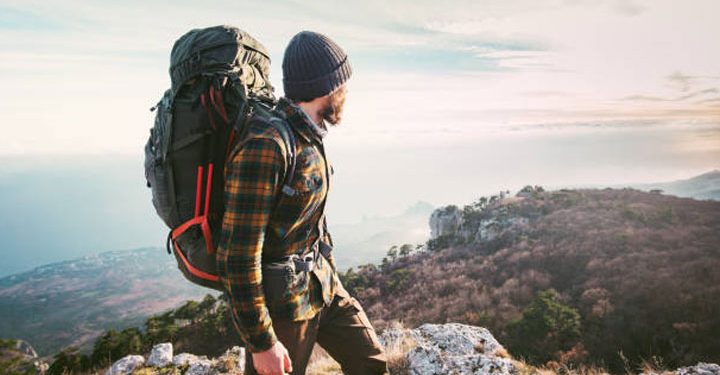Do you know How to pack a backpack for hiking? If not, there is no need to worry. In our article, we will give you all the necessary information to help you learn how to pack your backpack without any trouble. If you plan to go hiking, you should pack your bag wisely to avoid any inconvenience. Otherwise, your adventure will be a pain in the neck for you. That’s why you must learn the techniques to pack your backpack for hiking and enjoy your trip without any trouble and hassle.
Balancing the load and getting organized doesn’t have to be complicated, but it requires a bit of practice to find the system that works best for you. You should follow some best rules and general guidelines as you pack your pack. We’ve got backpacking tips and gear for new backpackers and experienced travelers alike.
Understand the purpose of backpack pockets
Most modern backpacks share a few characteristics that can help you better organize your gear regardless of company or design. Specialty pockets can help maximize your backpack’s functionality by distributing weight more efficiently and making essential items accessible.
Hip Belt Pocket
Hip belt pockets are another excellent spot to keep high-use items like trail snacks and lip balm. Additionally, you won’t have to take the pack off to get to it.
Front Pouch
When a wet rain jacket gets stuffed in with your otherwise dry gear, what could be worse? Not being able to find it. Utilize the front pouch of your backpack to solve both vexing trail problems.
This stretchy pouch, also called the “kangaroo pouch,” lets you open it instantly to get at your things. Packs with zippered pockets may replace this pocket, so you should use it exclusively for jacket pockets. If you are carrying heavy items, stay away from the front pouch.
Uppermost Zippered Pocket
If you’re hiking on the trail, the zippered pocket straddling the top of most packs –the brain — will be your grab-and-go hub. The bags are perfect for storing snacks, navigational tools, and headlamps that are compact and often used. In addition to shortening your pit stops and avoiding yard sales every time you need a snack, using it correctly will save you time at your pit stops and your trail mix stops.
Bottle Holder Pockets
The water bottle pockets on either side are probably the most apparent compartment on your backpack. You can store your water here while you’re on the run.
Understand the purpose of backpack Straps
In addition to compressing your gear inward, the straps on your backpack maintain a tight center of gravity, so you hike with less trouble. Before heading out on the trail, ensure that all of your belts are fastened and tightened.
The easy access to the hidden gear you need is made possible by semi-secret zippers, which are often found on the sides of backpacks as well as the bottom. Packs with sleeping bag compartments include trap doors to shield your bag from wet clothes, dirty clothes, and dirty gear. You can unzip the flap if you need more space.
Tips to Avoid Overloading a Backpack
Once you’re on the trail, you become what’s inside your backpack. Even if you aren’t an ultralight, remember that less is more. Are you having trouble cutting weight? Check out this exercise.
- Prepare everything you will take on your hike, from sleeping bags, clothes, food, and shelter you must have to read materials and an extra sweater you may not need.
- Put the essentials in one pile and the extras in another. Putting luxury items in the pile of conditions is cheating.
- Take half of the remaining “luxury” gear and discard it. After all, you’re probably not going to use it.
- After packing, if there’s still room in your bag, you might as well treat yourself to a few extra luxuries. Even if you pare down your gear and still find overloading your pack, keep dropping luxuries until everything fits. It won’t take long for you to get there.
Tips to Pack A Backpack for hiking
Packing a backpack is not everyone’s cup of tea; it is an art. You have to keep in mind two main things while packing a bag: it should be convenient and comfortable. When packing heavy, dense gear, save it as close to your back as possible. This will help ensure your comfort. You should put your food, water, and cooking gear near your shoulder blades or between them, which will prevent them from swinging around and knocking you off your stride. Wear less dense clothing than your gear to hold it in place.
Layer your gear based on the frequency of use to avoid the dreaded junk show. Sleeping bags will not be used until camp is set up; place them at the bottom of your backpack, where they will be out of the way. A puffy jacket would be ideal for an afternoon break when it’s chilly. Organize your bag so that frequently used items are placed near the top.
Summary
Packing a backpack for hiking does not require you to be a pro, but you have to follow a few tips and tricks. We have tried our best to help you and make you feel comfortable while packing a backpack. If you overload your backpack, you will not enjoy your hiking journey.

